A year and a half after major changes to the way Medicare pays providers for consumer power products—by eliminating the first month purchase option and implementing the 13 month capped rental—we are witnessing a shift in how providers look at the power mobility portion of their business. While some have decided that they will shift their focus away from consumer power products to other product segments, many providers have weathered the first year cash flow impact from the change and are reaping the benefits of reduced competition in their respective markets.
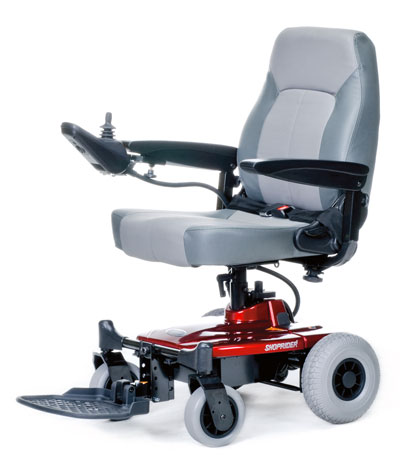
Stated simply, the power mobility market is under siege from Medicare and state Medicaid programs due to their high cost, suspected provider fraud and the increase in the eligible patient base population for these products. The implementation of Competitive Bidding Round II will only add to the question of how to survive in the consumer power market of the future. One thing is certain: If you don’t like what has happened to Medicare reimbursement and documentation requirements so far, it’s not going to get any better in the years to come. I would encourage you to change your business now by emphasizing retail and pursuing other payer sources, or face an uncertain future.
Positive Projections
On a positive note, that same increase in demand for consumer power products spells opportunity to providers who are progressive in their approach to business. These savvy businesspeople will look at these market dynamics and find the opportunities that others will allow to pass them by. We are now starting to see the increase in retail focus by providers, and the diversification of their payer mix away from heavy reliance on Medicare, that industry experts have been advocating for years. We are also seeing providers focus on other power products that they may not have considered in the past, largely because the standard K0823 had better reimbursement and became a staple in their product offering.
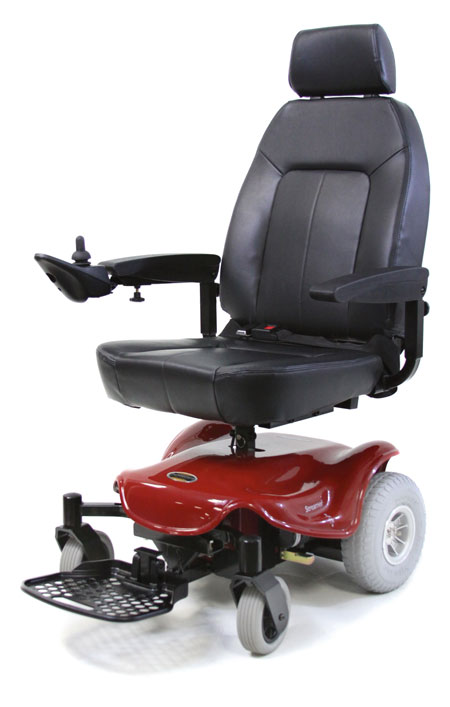
Portable power products are a perfect fit for this shift in focus due to the fact that they offer great retail potential, are easier to justify to third party payers due to their lower cost and offer increased utility and independence for the patient.
Opportunities Abound
The retail opportunity that portable power products offer is often overlooked by providers, but it deserves a closer look at this point in time. Most people who can benefit from powered mobility products, especially first-time users, have little or no idea about what is available on the market today. They must rely on the provider to help them decide which product will best meet not only their needs, but also their desired lifestyle.
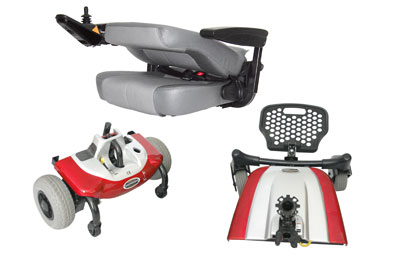
As with any new patient coming to your company for the first time, a complete assessment should be conducted before any product is suggested by the provider. This initial assessment should include patient diagnoses and abilities, a home evaluation, input from caregiver(s), transportation options and limitations, method(s) of payment and, of course, patient wants and needs. You will discover that those wants and needs will often include the desire to travel, visit with crosstown friends, go shopping or even just visit the doctor. A portable power product offers all of that versatility, while other consumer power products require expensive carriers or lifts in order to transport them. These carriers and lifts are often out of reach for the retail consumer, and they are probably not covered by Medicare or most Medicaid payers. However, you should never assume that your client cannot pay for products on their own. A few manufacturers now offer consumer financing programs that enable items that are not covered to be financed for several years, enabling people—even those on fixed incomes—to be able to afford the monthly payments. There may also be some family participation options.
Selling Points
There are many people currently using a non-portable power chair who would like to travel but are hindered by their inability to safely transport their power chair. They may be interested in purchasing a portable power product as a solution to this problem, and they may even be willing to pay cash for the convenience a portable power chair offers if third party pay is not a current option for them.
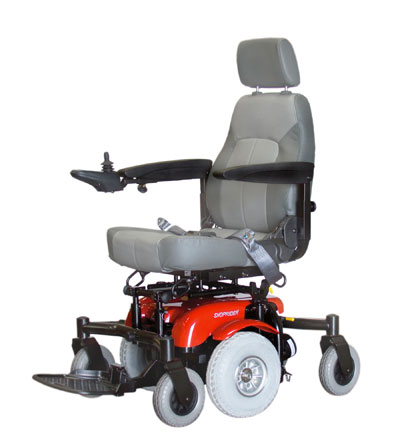
Marketing to existing customers can open up many additional opportunities for providers to sell new items to satisfy new needs. Why constantly look for new customers when you can mine your existing database and possibly sell to your most valuable asset, your current customers? Periodic contact is the key here, and as relationships and trust build over time and true needs are discovered, solutions can then be offered by the provider. This contact could also lead to the opportunity to replace the power chair after five years.
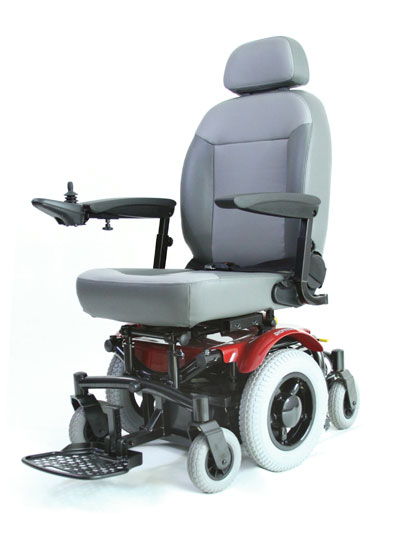
There are several things to look for when selecting a portable power product in order to make sure that your customer is satisfied with their purchase, and that they are capable of using the product as it is intended to be used. Along with the normal evaluation issues such as user weight limits, seat sizes, etc., also consider whether the user or caregiver is capable of performing assembly and disassembly of the product. Having a demonstration product in your inventory that can be used for this evaluation process is the best way to assess these issues.
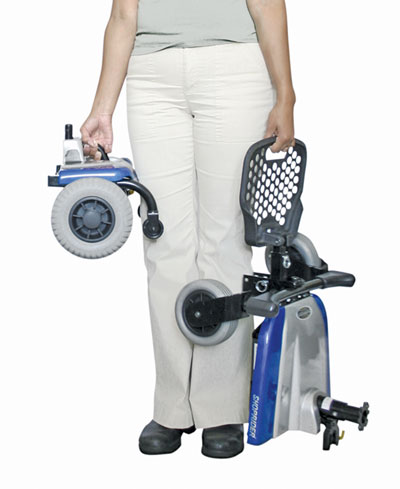
Become familiar with the product yourself, so that when you demonstrate it to your potential customer you will be able to show how easy it is to take apart and put back together. A product with few individual components and “connectorless” assembly makes the assembly and disassembly process much easier. Each individual component should be as lightweight as possible, and a unit with a separate battery pack and motor assembly is optimal, as these are often the heaviest components. Can the individual components be lifted easily and do they have a handle to make the process easier? Is the assembly process simple, with a one-touch operation, or are their several steps needed to assemble a unit? The more steps and/or individual components needed for assembly, the easier it is for the person putting it together to become confused.
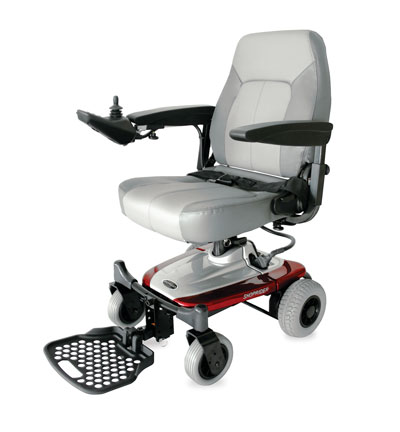
Expanded Offerings
With all of the changes facing the industry today and in the foreseeable future, any new sales opportunity should be explored. Do not limit yourself to what you have done in the past, as that may not work as well in the future. Expansion into retail and alternative payer sources will help mitigate the reductions that all providers are facing.

Remember to take a look at the total needs of your customers, and make sure that you have the product offering that will satisfy all of those needs. If you intend to stay in the consumer power business, portable power products should be high on that product offering list.
Five Power Points
Seal the deal by being prepared, and remember to suggest accessories that will enhance the customer’s experience:
- Always look to address all of the patient’s wants and needs through careful evaluation of their physical requirements, home and work environment and desired lifestyle.
- Never assume that the patient or a family member can’t pay for non-reimbursed items themselves. Investigate and understand the many options that are available to them.
- Have demonstration equipment on hand or you may lose the sale to a provider that does, and never sell a power chair to a patient whose weight exceeds the chair’s specifications.
- Take the time to make sure the patient can properly operate the equipment, and include a family member or caregiver.
- Suggest companion items that will help make the patient as independent as possible.
